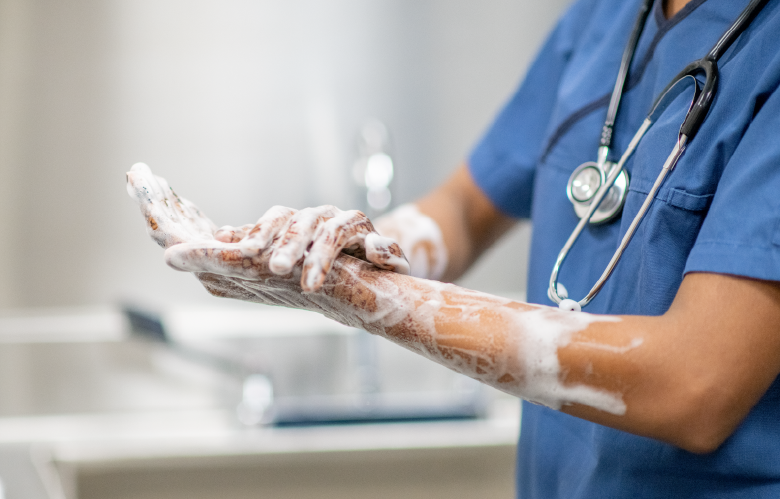Someone recently asked, “are you the kind of doctor who prescribes vitamin D or sunshine? “. Vitamin D supplementation is ubiquitous in medicine and among the general public. But why is that? No strong evidence to date has supported any improvements in clinical outcomes for vitamin D for primary prevention of fractures or falls. Or for prevention of cancer. Or for cardiovascular events. The continued use of vitamin D despite a lack of evidence to do so represents the ultimate disconnect between what we think should happen based on biopharmacology and happens in clinical trials. The data say one thing, and yet we continue to do another.
A recent analysis in the New England Journal of Medicine (NEJM) took a second look at data collected as part of the very large VITAL trial, asking whether 2,000 units of vitamin D daily would result in a lower risk of fracture than placebo in an adult population not at particular risk for osteoporosis. There were no important threats to validity in the original trial or this ancillary analysis. Adequately powered to detect a difference, this study did not find one. Vitamin D supplementation did not affect the primary outcome of first incident total, nonvertebral, or hip fracture, or a secondary outcome that essentially included all fractures that occurred in the five-year follow-up barring traumatic or pathologic fractures. A sensitivity analysis which took into account baseline vitamin D level still found no benefit of vitamin D over placebo.
What is it going to take for us to stop recommending vitamin D supplementation for primary prevention of fractures? Change is hard, but this secondary analysis of a previous trial was published in NEJM for a reason: it should be practice changing.



